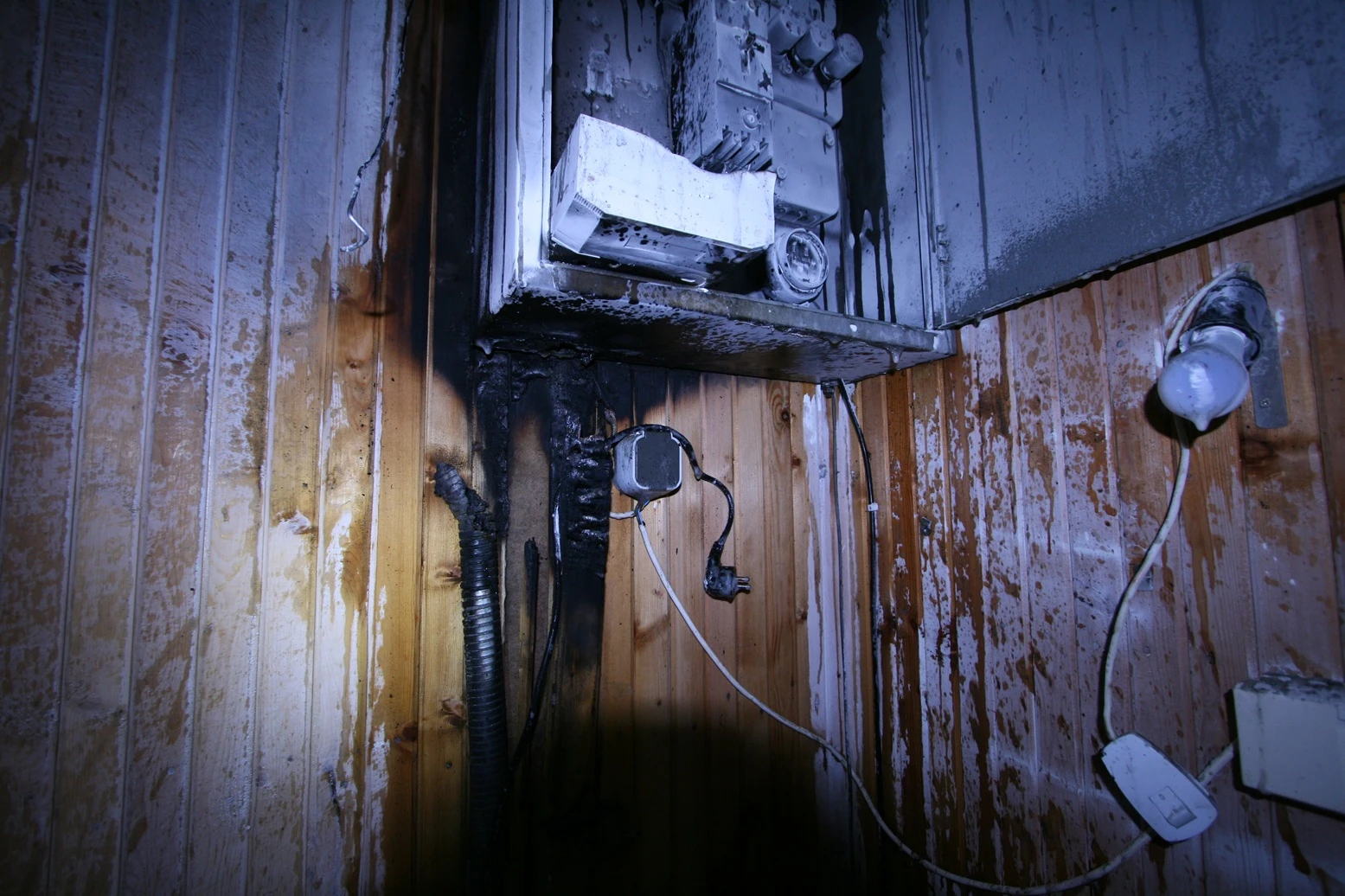Electrical Hazards in Buildings − A Ticking Time Bomb That Goes Unnoticed

At a recent Fire and Rescue Board fire safety conference, I highlighted a concerning trend: while the number of building fires in Estonia has halved over the past decade, the situation with fires caused by electricity has unfortunately remained unchanged. Electricity remains the leading cause of building fires, responsible for every third building fire loss.
When we also consider electrical accidents that occur in everyday life or due to incompetent electrical work, the picture is even darker: electrical safety literally means a matter of life and death, not to mention financial loss. This must be understood by every property owner, building user, and person ordering or performing electrical work.
A danger you cannot see
Most electrical fires originate from faults caused by outdated or poorly installed electrical systems.
A large portion of fires are caused by faults related to electrical appliances. These can occur from wear and tear of the device, poor quality equipment, or incorrect use of the device. Residents can prevent such faults themselves through careful attention – for example, by purchasing electrical appliances from local knowledgeable retailers instead of Asian online stores, and always consulting the user and safety manuals.
However, the dangers posed by wiring, panels, and other electrical installations can only be avoided through quality construction work, regular inspection, and, if necessary, system maintenance or renovation.
Regular inspection of apartment building common electrical systems is mandatory; in single-family homes and apartments it is strongly recommended
An electrical system inspection or audit helps assess the safety of the electrical installation. This is not merely a bureaucratic document completion, but a practical way to ensure that the building's electrical system is in order, safe, and can handle the load being used.
A proper audit is mandatory in all electrical installations, except in single-family homes, apartments, cottages, and the buildings necessary for their service. The frequency of inspection depends on the age of the electrical system: for example, in newer apartment buildings, a regular common electrical system audit must be conducted every ten years, and in older ones every five years.
Although audits are voluntary in single-family homes and apartments, a significant portion of residential building fires originate from the electrical systems of worn-out homes. Therefore, it is worthwhile to have the electrical system in single-family homes, apartments, and cottages regularly inspected and, if necessary, repaired – this is an investment in the safety of lives and property. In apartment buildings, it makes sense to inspect electrical systems as a whole – to conduct an inspection of apartment installations along with the common system audit.
Unfortunately, it is often the case that a (apartment) building is thoroughly renovated, yet an old electrical installation is left in the renewed living space like a "ticking bomb". If this causes a fire, the damage can be many times greater than the cost of updating the electrical system. Therefore, when renovating a building, it is advisable to have a qualified specialist review and, if necessary, update the electrical system as well.
Commission work from professionals – every electrical accident is one too many
A growing trend in recent years shows that storage and other electrical devices added to the building's electrical installation pose great risk, where electrical work has been done by oneself or "with the neighbor's help". New electrical system components are added separately and over time, but the entire system's durability and safety have often not been reviewed by a professional.
According to the Consumer Protection and Technical Regulatory Authority, approximately 50 registered electrical accidents occur annually in Estonia – and likely many more times that go unreported officially. Most accidents occur in domestic conditions. There is on average one fatal accident per year – but every serious electrical accident is one too many.
This is why it was shocking to read recently in the media about an incident where a member of parliament, who had a physics education background, promoted a self-built home electrical installation. The promotion resulted in a burn wound for the politician, yet despite this, he called on others to do the same for the purpose of making money. The intention is not to point fingers at anyone personally, but such examples send society the wrong message. Electrical work may only be performed by specialists with appropriate competence.
Unfortunately, many self-taught "electricians" operate, whose work can end in a dangerous situation, serious accident, or the need to rebuild the electrical system later. One way to reduce risks is to check the professional certificate on the professional register website – the electrical installation designer must have a valid electrical engineer certificate and the installer must have an electrician certificate. It is also wise to check the company's background and conclude a written agreement about the work content and cost, which adds assurance that the contractor is honest and takes responsibility.
The Estonian Association of Electrical Contractors (EETEL) has consistently worked to regulate the market and ensure a succession of qualified workers. In cooperation with partners, we have updated the professional certificate issuance system and created new opportunities for electrician training. All of this so that those ordering electrical work can be confident: their electrical installation is safe, the work has been done professionally, and one less danger in the future.




